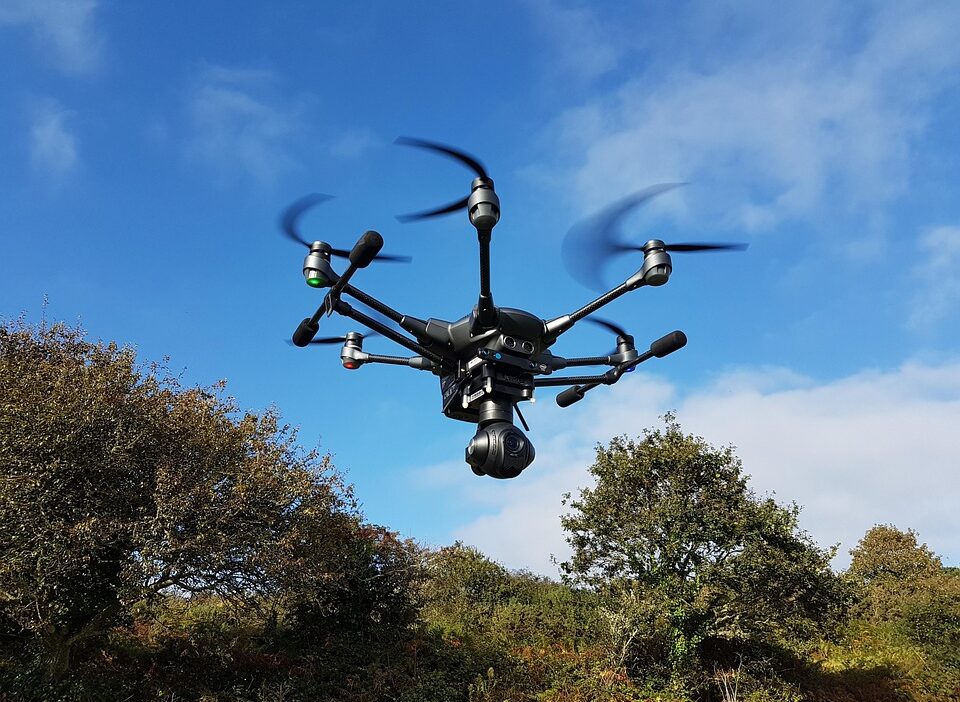As we move further into the 21st century, technology continues to evolve at an unprecedented pace, fundamentally reshaping the way we live, work, and interact with one another. The innovations of today lay the groundwork for a future that is increasingly interconnected, intelligent, and sustainable. Here, we explore the key trends that are set to shape the technological landscape of tomorrow.
1. Artificial Intelligence and Machine Learning
Artificial Intelligence (AI) and Machine Learning (ML) are pivotal forces in driving innovation across various sectors. From personalized recommendations in e-commerce to predictive analytics in healthcare, AI is transforming data into actionable insights. Future advancements will likely enable more autonomous systems, pushing boundaries in areas such as natural language processing, image recognition, and decision-making capabilities.
The integration of AI in everyday devices, often referred to as the "intelligent edge," will enhance user experience and efficiency. Innovations such as smart home systems, autonomous vehicles, and virtual assistants are just the beginning. As algorithms improve and computational power increases, we can expect AI to become an integral part of our daily lives.
2. The Internet of Things (IoT)
The Internet of Things (IoT) refers to the interconnectivity of physical devices through the internet, allowing them to collect and exchange data. By 2030, it is estimated that there will be over 50 billion connected devices globally. This network of smart devices will permeate homes, cities, and industries, enhancing efficiency and driving down costs.
From smart cities that optimize energy usage to wearable health technology that monitors vital signs in real-time, IoT is poised to revolutionize various sectors. Innovations such as 5G technology will further enable rapid data transfer and enhance the capabilities of connected devices, paving the way for real-time monitoring and automated systems.
3. Edge Computing
As more devices connect to the internet, there is a rising need for faster data processing. Edge computing addresses this need by bringing computation and data storage closer to the source of data generation. By processing data near the location it is created, edge computing reduces latency and bandwidth use, enabling real-time analytics and quicker responses.
This trend is particularly significant for applications in autonomous vehicles, smart cities, and industrial automation, where immediate decision-making based on vast amounts of data is crucial. The convergence of edge computing with AI is expected to yield even more powerful and efficient applications.
4. Quantum Computing
Quantum computing represents a leap forward in computational capabilities, harnessing the principles of quantum mechanics to solve complex problems much faster than classical computers. Although still in its infancy, advancements in quantum technology promise to revolutionize industries ranging from pharmaceuticals to finance.
With the ability to perform computations that would take classical computers millennia, quantum computing could lead to breakthrough innovations in drug discovery, optimization problems, and data security. The race to achieve practical quantum advantage is intensifying, and investments in this area are likely to accelerate progress in the coming years.
5. Blockchain and Decentralized Finance (DeFi)
Blockchain technology has transcended its initial association with cryptocurrencies, evolving into a versatile tool for enhancing transparency, security, and efficiency in various applications. Decentralized Finance (DeFi) is one of the most significant developments in this space, offering alternatives to traditional financial services that are more accessible and less reliant on intermediaries.
The future is likely to see broader adoption of blockchain technologies across sectors such as supply chain management, healthcare, and identity verification. Innovations in smart contracts and tokenization will further streamline operations, foster trust among stakeholders, and reduce costs.
6. Sustainability and Green Technology
As the world grapples with climate change and environmental degradation, the tech industry is increasingly focused on sustainable solutions. Innovations in renewable energy technologies, energy-efficient devices, and carbon capture methods are taking center stage.
The rise of green technology is not just about developing new resources but also about optimizing existing processes. From circular economy models to smart grids, technology holds the potential to reduce waste and promote sustainability. The integration of AI and IoT in environmental monitoring and resource management will further drive sustainable practices.
7. Extended Reality (XR)
Extended Reality (XR), a term that encompasses Virtual Reality (VR), Augmented Reality (AR), and Mixed Reality (MR), is set to redefine user experiences in numerous domains. In sectors like education, healthcare, and entertainment, XR can provide immersive experiences that enhance learning, training, and engagement.
As hardware becomes more affordable and content creation tools become more sophisticated, XR applications are expected to proliferate, influencing everything from remote collaboration to virtual tourism.
Conclusion
The future of technology promises a landscape that is intelligent, interconnected, and sustainable. While these trends offer exciting opportunities, they also pose challenges related to security, ethics, and socio-economic implications. As we navigate this rapidly evolving terrain, it will be crucial to foster collaboration among stakeholders, including governments, businesses, and the public, to ensure that technology serves the greater good and enhances the quality of life for all. The innovations we embrace today will lay the foundation for tomorrow’s breakthroughs, making it an exhilarating time to be part of the tech revolution.



